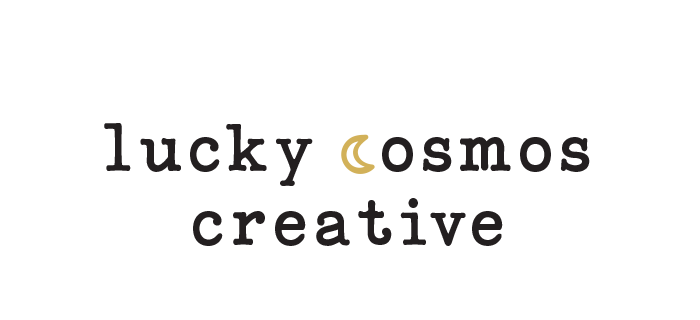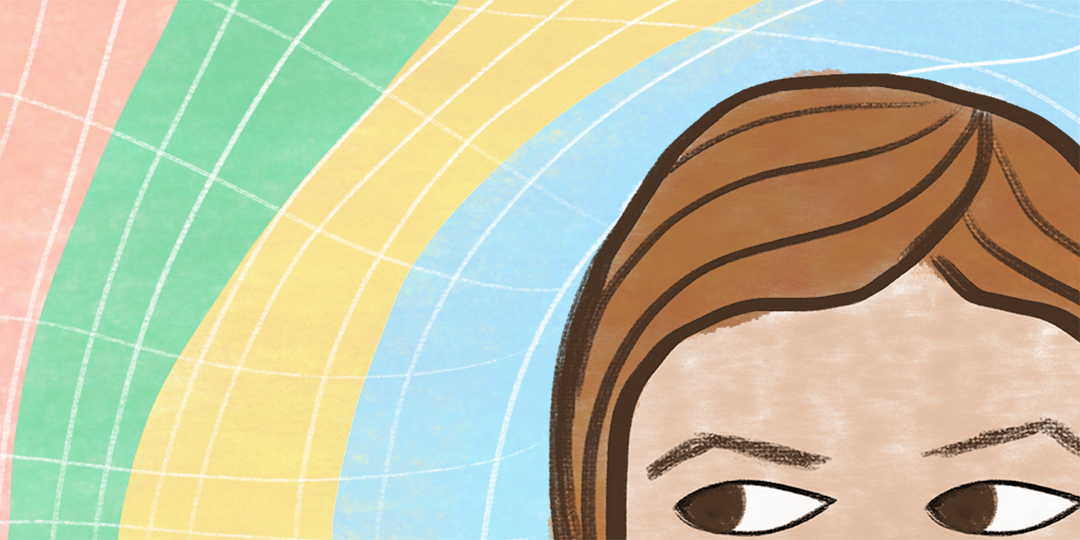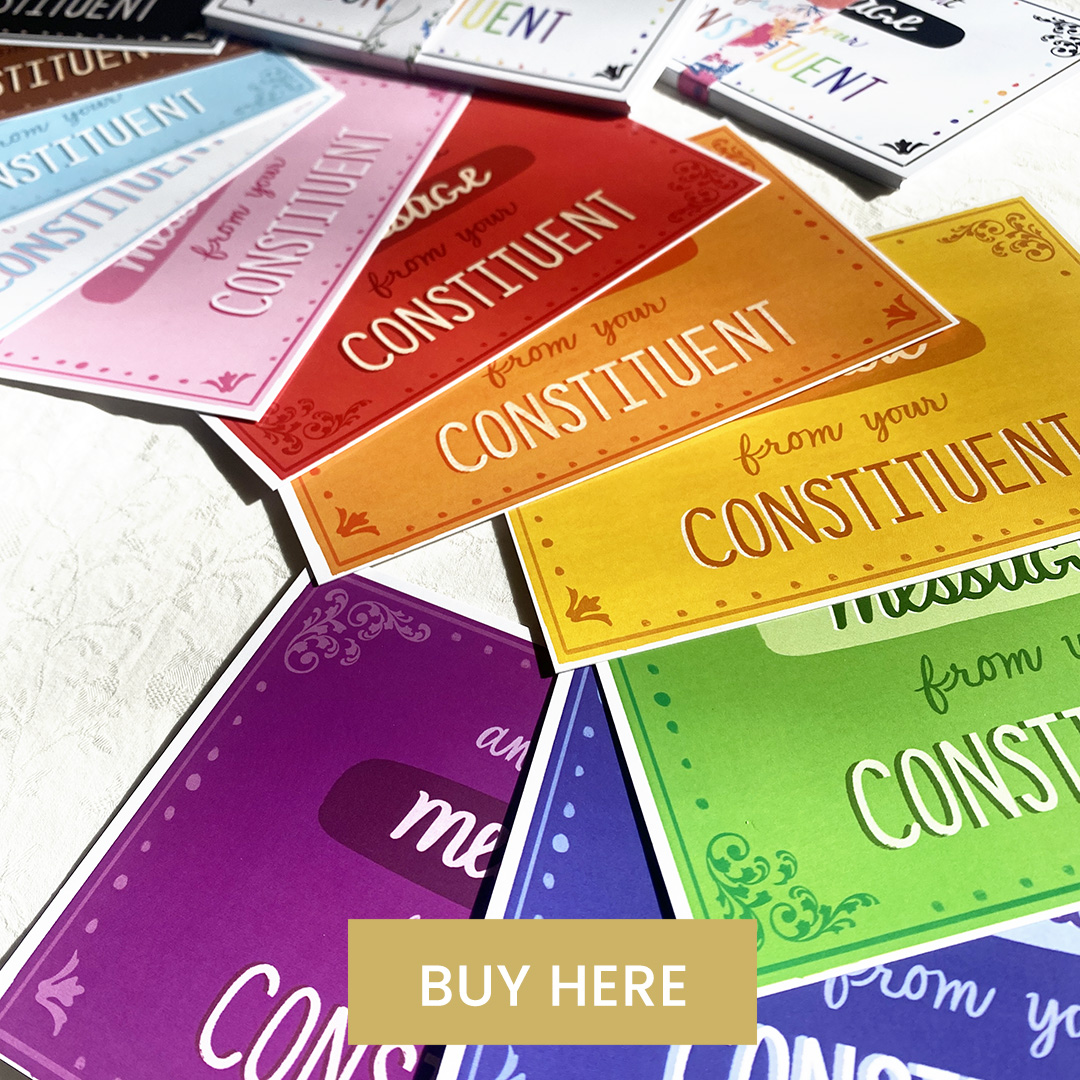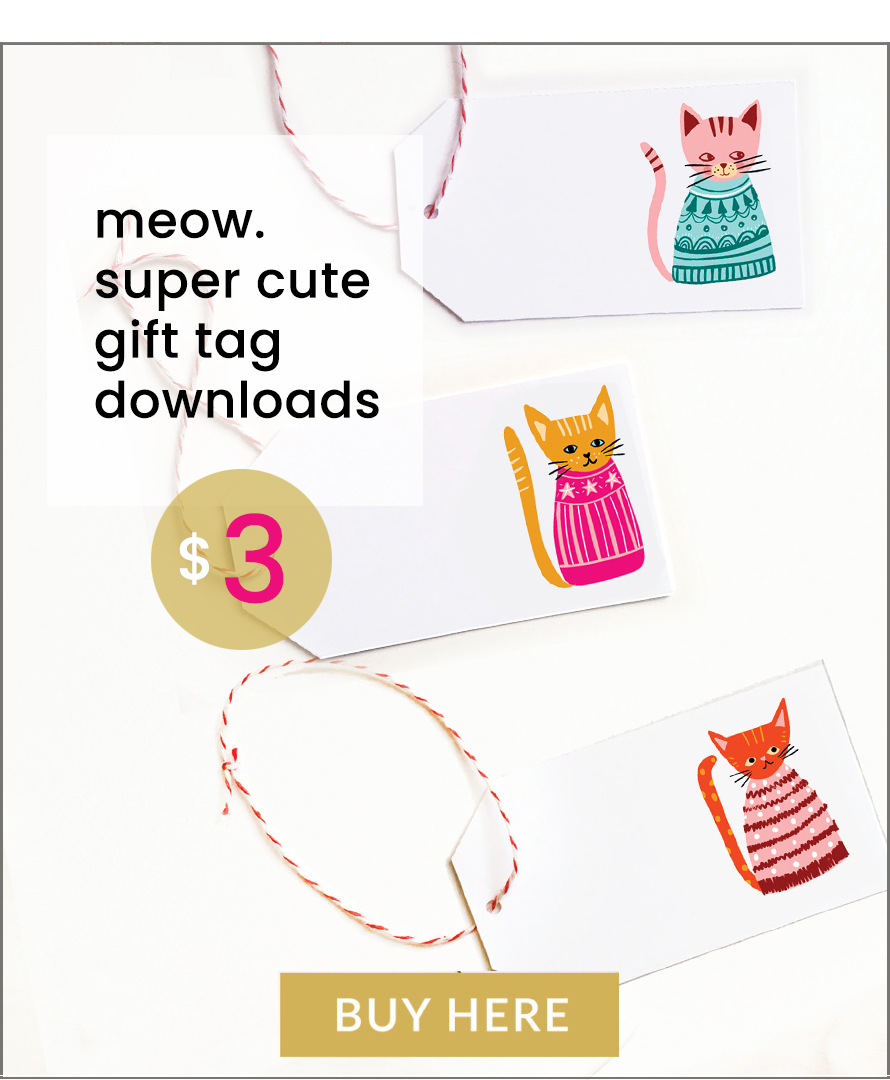Just another day. Hanging out with my inner critic homie..
This morning I was doing a few yoga stretches and strengthening exercises. As I swayed about in tree pose, I lost balance a bit and had to use my toe for a quick kick stand pick-me-up. A wee toe boop was all it took to rebalance my whole body so I could keep swaying. For a second, I felt this familiar sensation of my inner critic pop in with, “oops, screwed that one up,” and then I felt my inner retort, “I’m still standing – because I gave myself support when I needed it.”
There was an inner nod of understanding and I moved on.. It was like a fast flash of a feeling, but familiar enough to catch the cascade of inner conflict.
Have you had these inner conversations with yourself too? If you’re here because you’re an artist, you’re likely very familiar with your inner critic – you may have even engaged in naming your inner critic.
What is an inner critic?
Wikipedia has an inner critic definition for these lurking little mind mates:
The inner critic or critical inner voice is a concept used in popular psychology and psychotherapy to refer to a subpersonality that judges and demeans a person. A concept similar in many ways to the Freudian superego as inhibiting censor, or the Jungian active imagination, the inner critic is usually experienced as an inner voice attacking a person, saying that they are bad, wrong, inadequate, worthless, guilty, and so on.
Uh, yeah, that tracks. I’ve always felt like it was the voice in my head that sounded like a disappointed parent.. And it kind of is.
Nearly 20 years ago I set out on a quest to be a freelance graphic designer. The kick back and resistance I encountered in my own mind had me reaching out for a little help, to be honest. I connected with a few other artist/business owner friends who had bravely marched into new creative territories, and I asked them how they dealt with the inner doubts and critical judgments of themselves.
These conversations were really helpful – we all had these critical inner voices, and they always seemed to want us to stop trying to do the things we loved.
So.. In 2006, I embarked on my first journey into The Artist’s Way, a quintessential book for artists and creatives, written by Julia Cameron. I committed to this 12 week immersive and transformative journey, and woosh. That was a spiritual deep dive. Like creative immersion bootcamp.
I practiced things that I still lean on today, and one of those is the art of getting to know your inner critic. Thinking of this inner voice as another part of me was instrumental in me moving myself through those experiences of analysis paralysis, where one part of me was hurling a million reasons to stop forward motion, and another part of me was flying high on the exhilaration of possibility and creativity.
I was able to engage with this voice that sprung out of my head every time I wanted to take a risk, or “put myself out there.” I learned that my particular inner critic works hard to protect me from shame and embarrassment (sound familiar?). This voice reminds me of all of the times I’ve felt rejected or socially awkward, and can still be a driving force in me “sitting this one out.”
But when I follow myself into a conversation and remind this part of me that I’m actually pretty brave and able to handle disappointment, I feel that knee-jerk response loosen up a little bit.. And then there’s a little more space to try something new.
So, where does the inner critic come from?
The inner critic part of our minds most likely originated as a way to protect us from the cascade of upsetting feelings that come when we feel like we’ve failed, gotten hurt or done something shameful or embarrassing. And if we’ve been shamed or humiliated as a way to keep us in line, this inner voice may be really loud – operating from the perspective of being really protective
So, thinking of our inner protectors/inner critics as ridiculous or constantly fighting this force can make for a very conflicted mind. And as an artist, my mind is already quite a party.
When I’m able to be more curious than resistant, I am reminded that this disagreeable force is really just scared of looking foolish, and can be pretty grumpy about it. If I follow the guidance of “taking my inner critic out for a cup of coffee,” I can basically have a chat with myself to figure out why this part of me is digging in heels, and I can go from there. This approach is much more successful for me than “silencing the inner critic” or classifying this kind of inner chatter as “the monkey mind.”
And if you think about how this inner critic was born, it does make sense to treat it with an open mind and respect. Strangely, that inner voice may return the favor and treat you with more respect. Until there’s a threat or a perceived threat… Then, brace for some snapping turtle energy..
How can we work with our inner critics?
When your inner critic realizes that you realize that they feel protective of you, and that you don’t want to silence or eradicate them entirely, your inner landscape may begin to feel like a less hostile place. Because, sure, you could learn how to block out this critic, deny them, silence and stuff them down – but they just get more creative and more loud.
You may find that if you learn how to check in with your inner critic when you’re embarking on new risks, that there may be a more gentle message coming through that sounds more like, “remember to stand up and speak your truth,” rather than the, “you spineless a-hole, no one will listen to you anyway – so don’t do this.”
This inner protector can be a source of wisdom and guidance, and even become encouraging. When you figure out what your critic is most afraid of – and therefore protecting you from – you can take steps to keep yourself emotionally safe, and who knows? You and your once grumpy inner critic may be having some regular convos over coffee as you navigate the world together. They may even become more of a creative consultant than someone who tears down your most creative work.
Getting by with a little help from your friendly therapist (or another kind of support)..
Some of us are creative because creativity helped us find expression during times of fear, struggle, or unsafety. So your inner critic may be even more vocal or insistent upon you playing small if you grew up in a space of feeling or being less safe.
Try to remind yourself of the ways that you keep yourself safe now. And also that you don’t need to be protected from disappointment. Creativity so often demands experiments of us, and these experiments don’t always end in glory and bubbling geysers of cash.. But to avoid opportunities and to turn away from that inner drive to see if you can make the thing? That’s a different kind of disappointment. a much .. emptier kind of disappointment.
If your inner critic feels more like an inner bully than an inner defender, finding a good therapist can be a literal life saver. A therapist can assist in the journey of understanding how this self-protective function of the mind has become more debilitating than helpful. And how to turn your inner ship in a new direction.
It may take some time to have a different kind of exchange in your mind. But with some practice and support, you can start to understand it, and hopefully with more understanding will come less affronts.
This voice that once hurled insults may slowly meander into being more of a spiritual inner voice of guidance if that resonates with you. Sometimes you might still hear or feel the knee-jerk reaction of some mean inner insult – this may always happen. But if it’s excessive and keeping you from doing what you love, you are worth the time it may take to unpack this with a caring therapist or counselor.
Well, sheesh. I’m feeling like my inner critic and I just hashed out some serious exploration of this inner experience, and we’re both tired!
Here’s to wishing you captivating coffee conversations with your own inner critic, learning more about your own self protection, and forging a friendship with this inner protector so it feels less of a need to be sensational and shocking, and works to guide you more proactively – and more kindly.
Cheers to your creative success in the opportunities you seize – you opportunity seizer!
Other posts you may enjoy:
The Power of Art: Healing from Grief Through Creative Expression
The Relationship Between Art and Nature: A Visual Desert Journey



